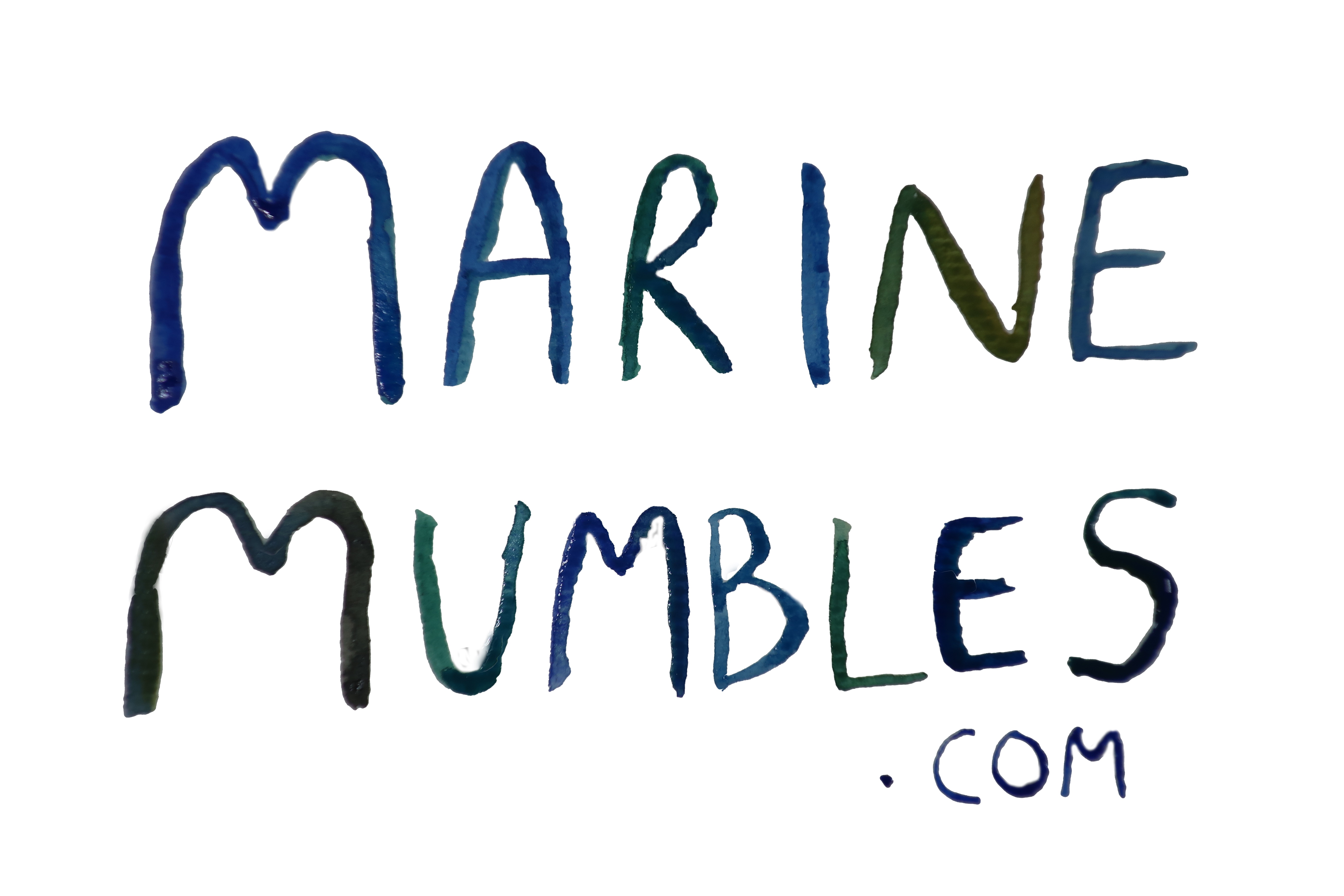This post will be short and sweet, because really this species is sooooooo pretty I am sure everyone would much rather look at pictures than a bunch of words.
The blue-rayed limpet is another limpet species that is found on shores around the UK, and is closely related to Patella vulgata, the common limpet. These two species, however, couldn’t look more different. As much as I LOVE the common limpet even I have to admit that they do just look like pointy bits of rock. They are grey, rough and well a tad bit boring to look as especially when you compare them to these guys. Blue-rayed limpets have flat, translucent brown smooth shells and are a lot smaller than the common limpet. More importantly however, they have these gorgeous bands of almost fluorescent blue stripes. Despite my best attempts the above drawing doesn’t do it nearly enough justice with how pretty they are! So hopefully the few pictures I have taken whilst working with seaweeds will do them a bit more justice!
These little limpets live on kelp (Laminar hyperborea and Laminaria digital) and Fucus serrates. If you fancy rooting around for them on the shore, they are easy to spot by their gorgeous stripes. However, the problem with finding this species is they tend to live on the very lowest intertidal individuals of these seaweeds. Therefore, if you want to try and spot one of these you’ll have to wait for a very low tide and you’ll need to be extra careful and safe to make sure that your not caught out by the tide. However, if you can safely make it down to the low intertidal zone (which is possible to do at low tide from Bracelet Bay) it is worth it to see this very pretty species. They vary in size quite a bit, from the smallest seeing a microscope to see them, to getting pretty large (about finger tip size)
On the shore they can vary in size quite a bit, from the smallest seeing a microscope to see them, to getting pretty large about finger tip size (see above picture). Blue-rayed limpets like the common limpets, feed on the biofilm (which is full of microalgal species called diatoms) using their radula. They can also scrape into the actual seaweed as well, which (if there is enough individuals on a seaweed) may weaken and damage the seaweed. There are some studies where limpets have been painted and tracked to see if they can move between individual seaweeds, which shows that some can/choose too. I would love to see camera footage of this, as they must have to move super fast, for a limpet to get all the way off one seaweed and onto another. It would make a perfect pixar film if a rebellious teenage limpet tried to run away and go to another seaweed just to get washed away… but maybe thats just me personifying species too much again!
On that note… hopefully you enjoyed learning a tiny bit about this species, or just enjoyed looking at those pretty stripes! Hopefully next time you down the shore, you can see one of these beauties for yourself!
As always please follow me on twitter and Instagram and comment below any questions! Happy Rockpooling!



